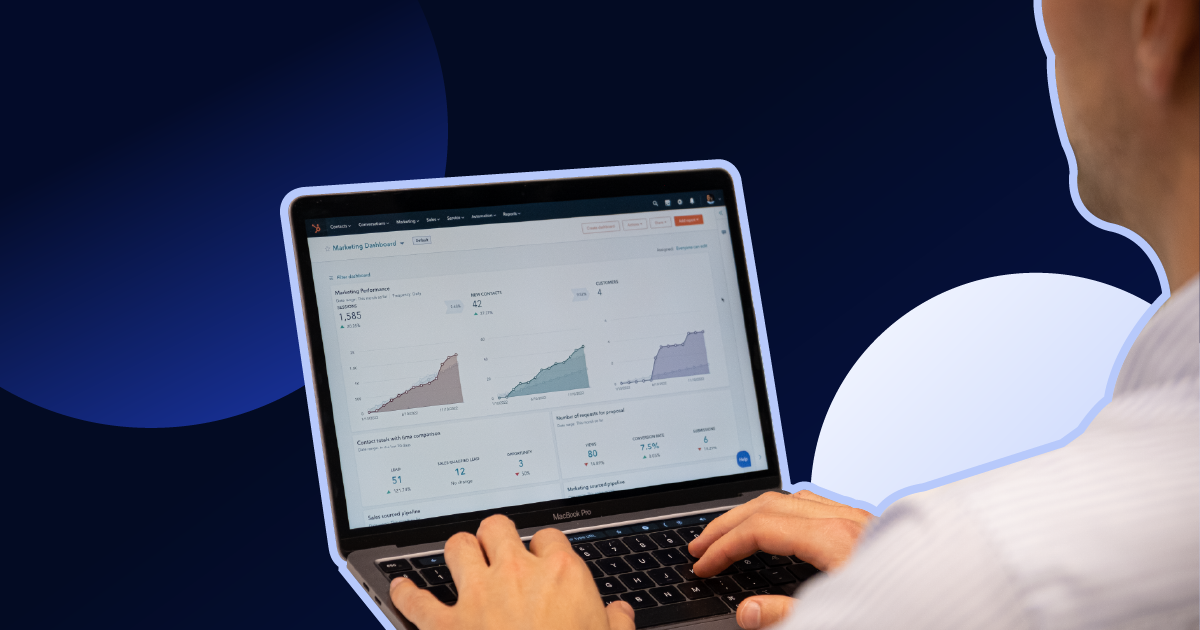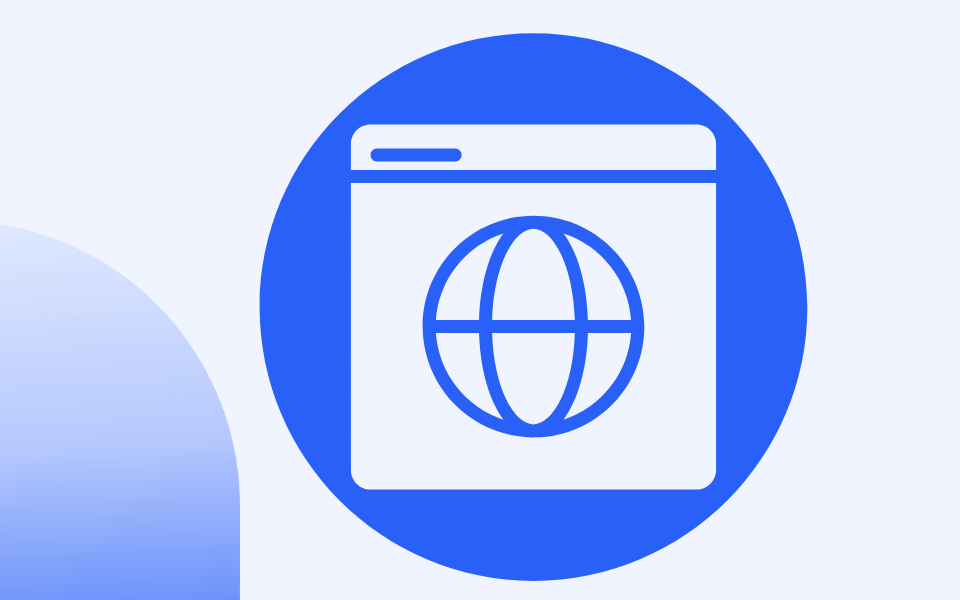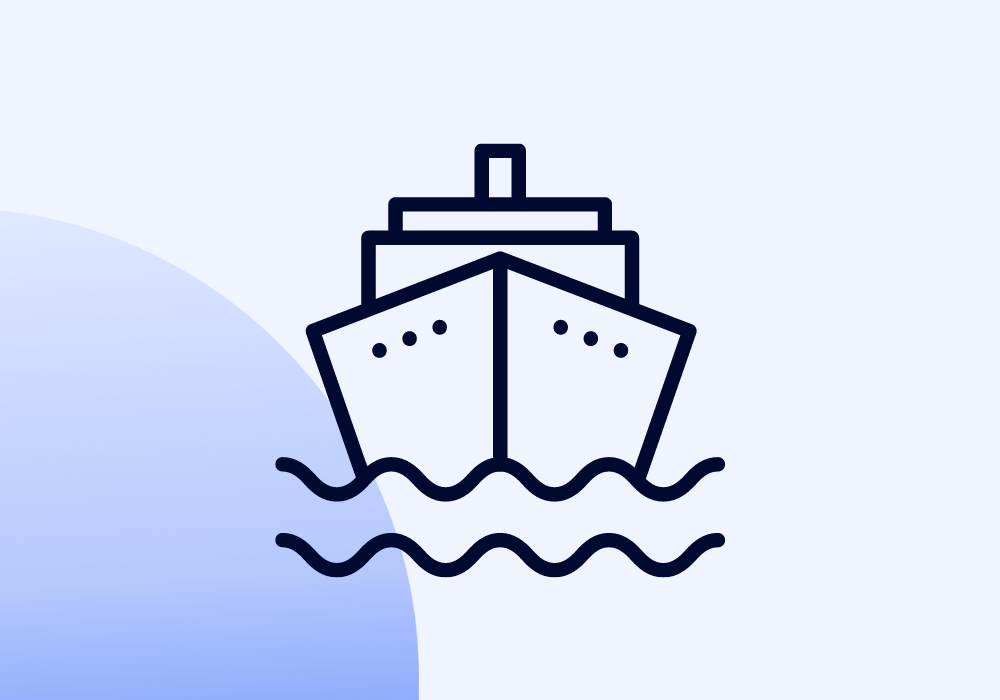Ungated content: Is it time to make your content open-access?
Gating content: Should you put your content behind a form?
Thorstein Nordby
|
30 minutter

In 2014 I was running a one-man consultancy. After cold-calling prospects and going to network events, I wanted to find a more efficient approach to winning new customers.
The following year, I learned about inbound marketing and signed up as a HubSpot Partner. I started reselling their platform, and implemented HubSpot’s playbook for generating inbound leads.
I produced ebooks, checklists, and templates and gave them out for free in exchange for someone's contact information on a landing page on my website.
My assumption was that if visitors gave me their information through a content download, they were essentially signalling their interest in the services I offered.
That was true to a certain extent.
People did download the content. I did set up meeting with them following a quick follow-up call.
But even then - in 2015 and 2016 - many prospects said that they actually didn't read the content at all.
Still, this was my go-to strategy for marketing my agency, and how we helped clients generate more inbound leads.
But my attitude towards gating content has changed a lot since 2014.
Here is a quick overview of what this article will cover:
- Gating content generates, qualifies, and segment leads
- Gated content can be perceived as more valuable
- Data enrichment can reduce friction on your forms
- The gated content playbook is often poorly executed
- High risk of acquiring fake or low-quality leads
- Low conversion rates from MQL to Customer
- Fewer people will actually consume your content
- People do not want to be treated as leads
- Gated content (PDF) is hard to create and update
As of writing this article, I have access to about 25 different HubSpot portals. These provide insight into what is working or not for sales-led B2B companies with complex products.
One of the most common complaints I hear from prospects as well is that the number of leads generated from gated content are low-quality.
Why?
I believe it is because buyers are tired of this approach. But it works just enough that companies continue to spend a lot of money to generate marketing qualified leads from gated content.
Since marketers are often not measured on revenue, but on MQLs, the gated content model is measurable and can be perceived as successful even if it doesn't lead to revenue and more customers.
But are there still use-cases for gated content?
Some will argue that gated content is completely dead, and who are for an open access model. Others will argue for a mix between gated and un-gated is ideal.
While I personally lean more towards the open access model, it is not necessarily an either/or situation.
What approach you take will influence where you invest your time and money as well as the results you can generate in the end. You just need to be aware of the advantages and disadvantages of each.
For the sake of this article, imagine you are running a marketing department at a cybersecurity software company that sell to CIO's mid-sized and enterprise companies in the financial space.
Your marketing department is small, and you're tasked with generating leads and opportunities for your sales department of 20 salespeople.
To generate leads, you have already produced a white paper called "The 10 Top Cyber Security Risks for a CIO in Financial Services" that you are promoting through organic search, advertising and email.
Let's discuss the different approaches and how you could use this content to get the best results for your marketing team and deliver as many qualified sales opportunities for your sales team.
The advantages of gating content
1. Gating content generates contacts
The most obvious advantage of gated content is that you collect contact information from prospects in your target market that can help your salespeople to start more conversations with the right prospects.
On paper, it looks like a good idea.
Instead of doing 100 cold calls or emails, you are only talking to 20 people who have signaled some interest by downloading the whitepaper.
You could assume that these people are further along in their buying journey and that they are researching a topic related to your product.
Why can this work?
Let's say only 1% of your total addressable market is buying at any given time.
With gated content, you are able to capture some of the active buyers before they have made a purchasing decision. You are then in a position to influence a buyer early on in the buying process.
The data and insight from a contact can be quite valuable. Now you get more insight into who this person is, their behaviour on your website, and how engaged they are with your company.
This makes it easier for your sales team to rank which leads to follow up based on which leads are the most active on your website where they read your product pages, etc.
The big upside is that your salespeople would spend less time on leads that are less likely to close soon and focus on the active buyers who are actively educating themselves about your product.
In this scenario, you have set up a landing page to capture contact information, qualify them according to your qualification method (BANT, MEDPICC etc), then hand them over to a salesperson.
2. Gated content can be perceived as more valuable
If your ebook or whitepaper has a professional design and the content itself is perceived as valuable, prospects being more inclined to “pay” with their contact information to access it.
Some typical examples of gated content like this is whitepapers, proprietary research, or yearly reports where companies invest more than normal into the presentation of the content itself.
If there's a big gap between where the buyer is today and where they want to go, and they believe the content will help them get closer to their goal, this can also increase the chances of converting them.
3. Data enrichment can reduce friction on your forms
One major argument against using gated content is that a form can create a lot of friction and reduce the number of visitors who converts on the form. This reduces the potential reach of your content.
If you use solutions such as like Clearbit combined with a platform such as HubSpot or Salesforce, you can solve this to a certain extent by using data enrichment.
Data enrichment can be a great compromise. After getting someones email, Clearbit can enrich and append the data for each contact or company without having to gather it through a website form.
When you have a gated content model and use it to generate leads, it can be a hard balancing act between asking for too much or too little information from them.
You need to qualify them, but you also want to ensure that you make it easy enough for prospects to convert and get enough lead volume.
Combined with the progressive profiling feature you find in HubSpot, you can turn a form with 10 fields into one with four as HubSpot will skip fields and properties that are already known.
The downside is that solutions such as Clearbit can be expensive, and will often cost more than HubSpot or Salesforce instance, and is more geared towards bigger companies with bigger budgets.
Disadvantages of gating content
1. Gated content is often poorly executed
While not necessarily a disadvantage, the gated content model has largely stayed the same for the last 10 years. This worked when it was novel. Now it's a tired tactic that everybody is using to generate leads.
The playbook usually looks like this:
- Generic ebooks with one single intent; to gather contact information used for cold calling.
- Poor formatting. No interesting visuals. No copy editing.
- Poorly designed landing pages designed to squeeze visitors for their contact information.
- Enrolling contacts into a generic email nurturing sequence with links to generic blog articles
- Call the contact within 60-minutes even if they wanted to consume the content.
Companies also do not title their content offers that entice visitors to convert on them.
You often see generic titles such as "The definite guide to IoT" or attempts at clever titles such as "Vulnerabilities and Consequences" (a real example from a Cybersecurity company).
Titles like these doesn't tell prospects anything interesting that would make them part with their contact information. Which offer would you download?
1. An Introduction to Cybersecurity
2. The Top 10 Cybersecurity Risks for a CIO in Financial Services in 2021?
You would likely go for the second choice because it is timely and relevant to a specific role, function, and vertical. Minor tweaks like this can increase your conversions many times over, even if it is free.
It is still very much a transaction. Not a transaction of money, but of contact information and someones attention. You need to show the value in the headline of the offer and sell it.
2. High risk of acquiring fake or low-quality leads
Gating content leads to a high risk that you're paying for low quality leads with no buying intent or fake leads. You can end up investing thousands just to acquire irrelevant MQLs.
You may even end up paying for fake or bad data many times over from the same person as people are using temporary email solutions where the inbox gets deleted within a few minutes.
Visitors can just fill out a form and get the content they want without ever having to consent to receiving any lead nurturing sequences, newsletters, or that sales call from your salesperson.
If you're advertising a lot and your goal is to get more leads at the lowest possible cost, there’s a risk that you're paying for leads that are never going to become customers because they're simply fake.
Not are you only paying for the ads and the content. If you're on a platform such as HubSpot, your price for HubSpot will also increase if you're getting too many contacts in the system.
The biggest complaint I hear from salespeople is that marketing-qualified leads are not qualified enough, and that the leads the get do not have any decision-making power in their organization.
My experience is that the conversion rate from marketing-qualified lead (MQL) to sales-qualified lead (SQL) is pitifully low.
Why is that?
When you are generating and acquiring a lot of marketing qualified leads, you're only seeing a small part of a complex buying process that involves a whole buying committee of multiple stakeholders.
There's never a single person buying in a complex B2B sales process.
That's why you should not mistake downloading an ebook for buying intent. If a person is signing up for webinars or downloading an ebook, they should be defined as a lead, not a sales-qualified lead.
As a result, focusing on generating MQLs can cause a lot of inefficiencies in your marketing. Let's say you had a successful year, and now you want to double your revenue goal for the coming year.
With a gated model, you would double your MQL goal to achieve your revenue goal. What happens is that since there's only a certain amount of people buying at any given time, your conversion rates will drop.
Many companies will then loosen their lead qualification and lead scoring criteria to hit their MQL goal, only to experience the law of diminishing returns.
The first 1000 marketing qualified leads convert the best to sales qualified, but then the next 1000 marketing qualified leads (MQLs) convert even worse. This makes a very inefficient model for companies.
4. Fewer people will actually consume your content
Gating content creates a barrier that can drive away potential customers of your business. People are busy, and if you gate content, there is a chance of prospects drop off your from your "funnel".
Let's go back to our cyber security guide as an example.
You want to have as many people consume your message and you want to maximize your reach. You have identified 1000 companies in your target market and an audience of about 5000 people.
You promote content, advertise, and optimize blog articles for search engines. You put CTAs in your articles. Even if all 5000 of them saw this one ad or a call to action in a blog, not all them would click.
Let's say 1000 people clicked on the ad or the CTA, and then those 1000 people saw a landing page. If your landing page is converting 20% of visitors, you now have 200 leads who can access the PDF.
But only 50 of them actually read the PDF.
If you remove the form using the same numbers, you get a different outcome.
Let's say that 1000 people clicked and they had the opportunity to consume the content with without submitting the form. Out of the 1000 visitors, 500 people consumed all of the content instead of 50.
Realise that a prospect consuming the content itself can drive more demand. You don't have to funnel a person through different stages or assign them a lead score to generate Opportunities in your CRM.
Think about it from an SEO perspective as well.
If you're gating content you will be missing a lot of SEO benefits. People who want to share your gated offer, won’t link to the landing page.
The content will not be searchable and you won't get any backlinks from other websites. People will share the PDF file itself and let their colleagues circumvent the whole landing page and form.
5. People do not want to be treated as leads
The gated content model has created bad expectations with buyers. Long forms, poorly designed landing pages, generic email sequences, and getting a call from a salesperson after 5 minutes.
Realise that most buyers just want the information you're providing. The question is:
Do you like to be sold to in this way?
Do you like to be sold to in this way?
The risk for you is that a gated content strategy will lead to a negative perception of your company in addition to generating fake or low-quality contacts that never convert to revenue.
Next time you're on LinkedIn and you see an ad for an ebook, click and see for yourself how bad the experience can be; long form, generic content, and not giving you the content right away.
My recommendation is to stop making prospects jump through all these steps just to hit your MQL goal. Become more buyer-centric in your marketing by making your content more easy to access.
The gated content production process is slow and PDF files are hard to measure. This is one of the big reasons why I dislike gated content and why I'm moving clients to an open access model.
Putting together a good-looking PDF is a lot of work. But the real issue is keeping it updated and measuring how it is working when it comes to engagement and consumption.
To correct a typo or update the date on the PDF you need to have a designer edit it in InDesign, upload it to your CMS again, create a completely new link for that file, then update the link on your website.
Then it is the question about measuring how people are engaging with the content.
What happens after someone downloads an ebook? You don’t actually know how much has been read, where people start to lose interest, or which pages they spend the most time on.
You get no insight into who is reading it, how many people in each account has read it, the scroll rate and other important information that can be valuable to your sales team.
Imagine if you had insight from a guide that told you that five people in your target account in Germany had read all the content of your whitepaper? You won't get that from a PDF file.
Conclusion
If you generate a lot of inbound opportunities and customers from gated content, don't fix what's not broken. However, very few companies are in this situation.
If you're not getting the volume of quality of opportunities you want, my recommendation is to rethink your strategy. Use content primarily as a tool for building awareness and educating your audience.
No forms does not mean no opportunities or customers. By publishing the right content to the right audience on a frequent basis will result in more opportunities will come to you inbound.


